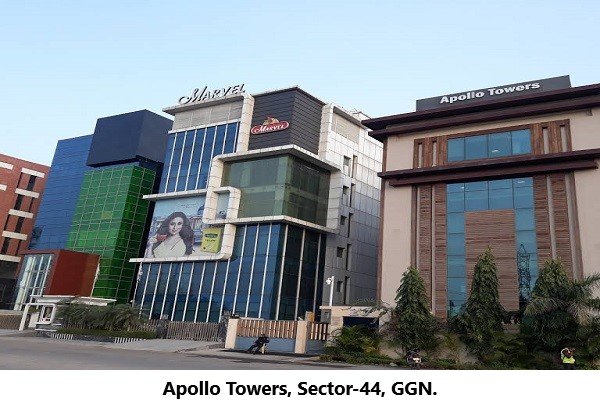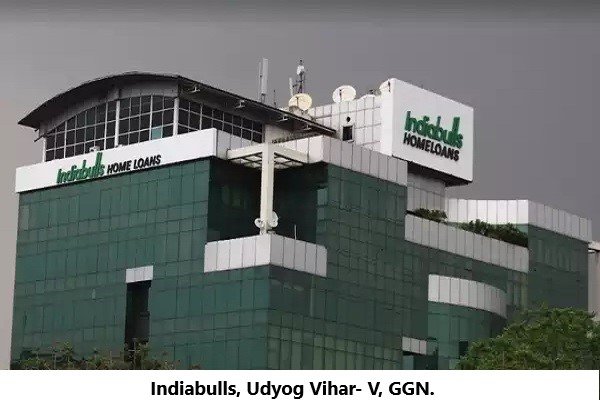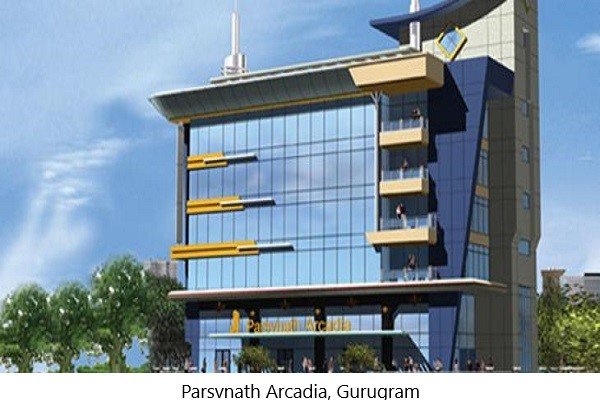INDUSTRY DOCTORZ has a range of smoke vent solutions for all building types and projects. We offer products for Liftwell pressurization, staircase pressurization etc. We have supplied Fans and Blowers to various reputed companies, Hotels, towers. And our clients have very good reviews for us. This requires high level smoke barriers to divide the roof space into discrete … such as shopping centres, Industries and High rise buildings to control the flow of smoke and pressurization.
Some of our Pressurization System Projects
A pressurization system consists of three main components: Supply Air (where air is injected into the area that is to be protected), Pressure Relief (to avoid over-pressure when doors are closed) and Air Release (air and smoke is released from the adjoining fire area). Combining these elements creates a positive pressure difference that prevents lobbies and staircases from filling up with smoke.
- Pressurization systems offer these benefits:
- Protection of escape fire Staircase routes
- Protection Lift-well shafts
- Ideal for multi story residential apartments.
A pressurization system consists of three main components: Supply Air (where air is injected into the area that is to be protected), Pressure Relief (to avoid over-pressure when doors are closed) and Air Release (air and smoke is released from the adjoining fire area). Combining these elements creates a positive pressure difference which prevents lobbies and staircases and Lift-well from filling up with smoke.
In commercial buildings pressurization is normally carried through up to the final door to the accommodation, with air release provided from the accommodation. In apartment buildings it is usually impractical to carry pressurization up to each apartment door due to the difficulty of providing air release from each apartment. Therefore stairs and lobbies are usually pressurized with air release from the corridor.
The System Comprises:
Inlet Fans for introducing air into the designated area. The run and standby fans and control equipment should be housed in a separate plant room or outdoors and the inlet should be protected from smoke. Dual inlets with automatic smoke dampers are required for high level inlet.
Duct work and Outlet Grilles, to provide distribution of air exactly where it is needed.
Pressure relief dampers, to release excess air in the closed door condition from the stair area. This should be ducted to discharge directly to atmosphere independent of the wind direction. Damper blades are set to start opening at 50 Pa pressure differential.
Automatic air release to prevent unwanted pressure build up in the adjacent spaces. This may be automatic vents, natural shafts or mechanical extract systems.
The control system should operate automatically from the smoke detection system with a manual on/off switch also provided within either the pressurization plant room, near the building entrance (to suit fire service), or within the central building services control room.
System Requirements:
There are two requirements to maintain within a pressurization system. These are:
Maintaining a pressure difference for a closed door condition. Here the pressure difference is required to overcome buoyancy pressure generated by the hot smoke layer, expansion of the gases in the compartment due to heating, stack pressure and wind pressure
Maintaining a velocity for an open door condition. Here maintaining a velocity for an opened door is required to hold back the smoke on the fire floor when the door onto the fire floor is open.
Getting the right balance for a pressurization system needs careful design in order for the system to work effectively. Insufficient pressure difference across a closed door will allow the passage of smoke into the protected space. Excess pressure will impede door opening and hence escape.
Design Methodology:
Assess the usage and layout of the building, the area to be pressurized and the class of system required.
Assess the leakage paths (through doors, lifts, vents).
Calculate the required volume flow rates.
Calculate the area of pressure relief dampers.
Calculate the area of air release ventilation.
Please contact us for more information relating to the application, specification, installation and servicing of this product.










